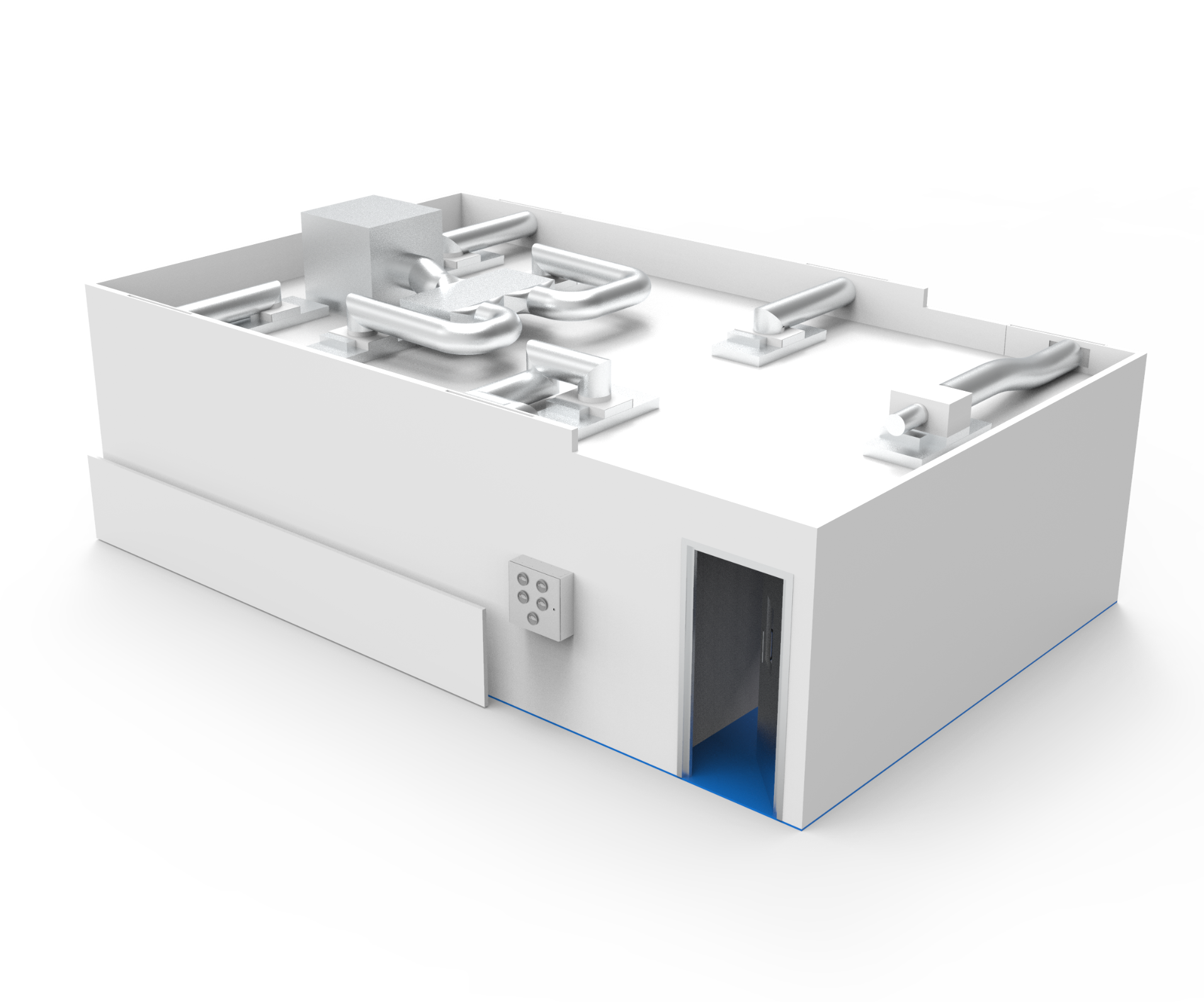Become a Cleanroom Pro: How to Upskill Hand Hygiene, Cleaning, and Gowning
Washing our hands, getting dressed, and basic cleaning tasks are skills we learn as children. But, as cleanroom operators, what bad habits have we picked up over the years that could compromise a critical environment? As a CPD-certified cleanroom training provider we talk you through what you need to unlearn to keep a cleanroom compliant with ISO 14644.

Hand hygiene
The COVID-19 pandemic brought hand hygiene to mainstream consciousness in 2020. You must remember singing Happy Birthday while washing your hands! And most workplaces had the WHO’s How to handwash instructions pinned to the wall. But do you still remember the 11 steps? Many people still prioritise washing their palms when they wash their hands, even though fingertips are the part of the hand we most commonly use. Under the nail and around the cuticle are hotspots for harbouring germs and collecting particles. Nothing demonstrates this risk better than the UV torch we use on our practical handwash demos. When delegates see how stubbornly dirt can cling to certain areas of their hands, handwashing is never the same again. It becomes a skilled and thorough task.
Surface and rotational cleaning
Sure, we all know how to clean a kitchen worktop. At home, you get your cloth and wipe it until it’s visibly clean. We might also use a disinfectant spray to kill any germs. This is a two-stage process. First, you clean away the dirt (or, as we call it in the cleanroom industry, non-viable contamination), then disinfect the germs (viable contamination). The process of cleaning hard surfaces in cleanrooms is fundamentally the same, except with a higher level of skill and care. Surfaces are wiped methodically in straight lines, and each side of the wipe is used only once to prevent the spread of contamination. But, for industries regulated under GMP, you should rotate disinfectant agents. Whether this is to avoid microbial resistance or to kill a particularly stubborn strain, using a range of disinfectants increases the kill spectrum of your regime. Our cleanroom training course explains how to select suitable agents and when to use them.
Gowning
You must protect yourself from the process in an industrial setting by wearing Personal Protective Equipment (PPE). You still need to protect yourself in a cleanroom — but you also need to protect the environment from you! Humans shed approximately 106 particles (>0.5 µm diameter) per hour. This contamination could create a lot of damage to a sensitive product. For example, you might wear rubber gloves in an industrial environment to protect your hands from abrasions. A cleanroom is safer, so you probably need nitrile or latex gloves. These will prevent particulate from your hands from transferring to your product. But it isn’t just garment selection that needs consideration. Looking at the act of gowning, you also need to consider the order in which you apply the garments. Gravity will drag most particles down in a cascading motion. With this in mind, it makes sense to gown from the top. Otherwise, particles from above will contaminate your clean clothing and enter your cleanroom.
The CPD-certified cleanroom training course by Angstrom Technology covers these topics in more detail. A course for GMP cleanrooms is expected to launch later this year.
To book the course, or for more information, please get in touch!


BOOK A TRAINING DAY
Our cleanroom training courses are designed to help users control the introduction, generation and retention of particles in line with EU GMP and ISO 14644 standards. You can choose from one of our popular courses or we can create tailored cleanroom courses and structure the modules to suit your requirements.
BOOK NOW